Hard matters: Concrete Concept tours the world of brutalism
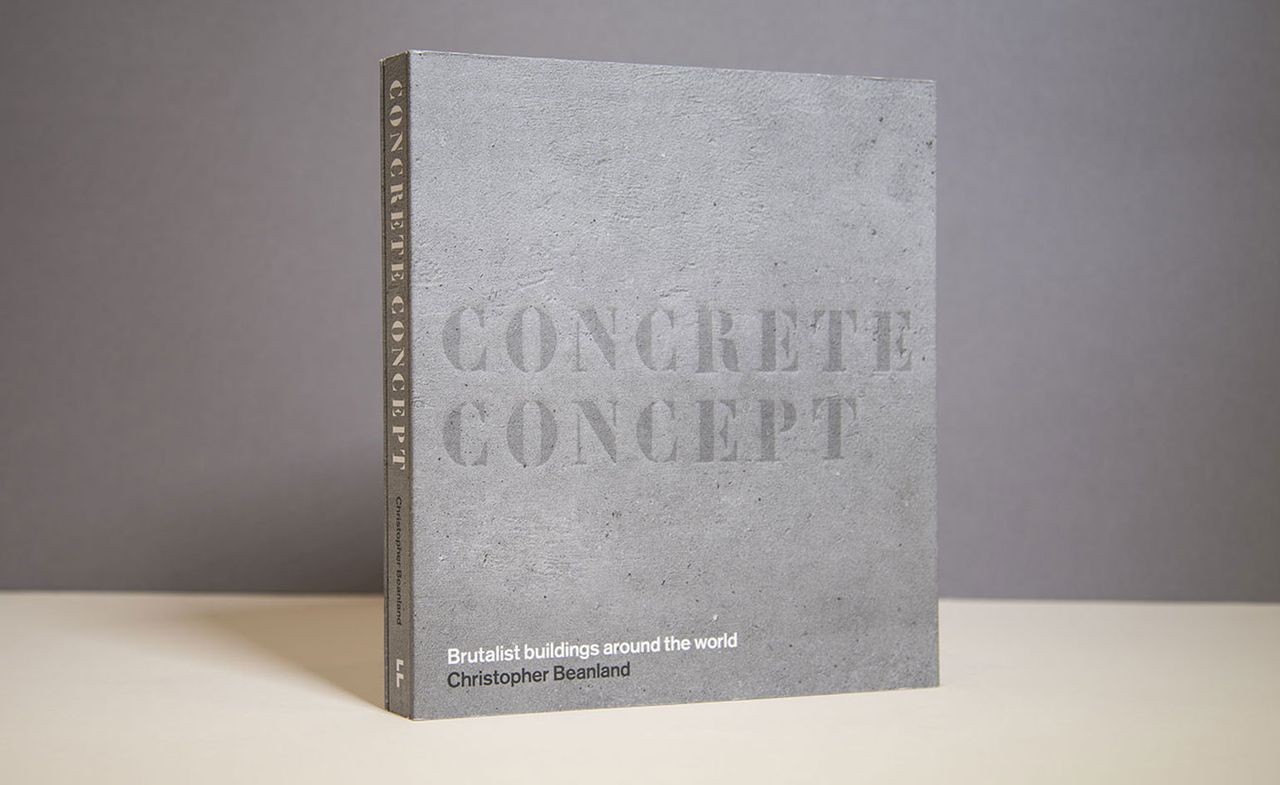
Concrete’s moment in the spotlight is still going strong. When it comes to design – and, more importantly, architecture – that most unrefined of materials can, in the right form, still stop a viewer in their tracks. The latest publication to document a host of brutalist beauties created in the composite is Concrete Concept, a surprisingly light-weight book that provides us a visual world-tour of tortured edifices.
‘Concrete was cheap, but it could be stretched into crazy shapes,’ claims writer Christopher Beanland in his introduction. Reading like an encyclopaedia of the 1960s movement, the tome begins with contributor Jonathan Meades’ own dictionary of brutalist architecture, running from 'A for Asplund' through to 'Z for Zapotec' (with notable mentions of 'L for Luder' and 'C for Cité Radieuse' along with way).
Continuing on as a world map of retro-futuist structures, the volume travels from Le Corbusier’s iconic Unité d'Habitation in Marseilles to the classically fun Marina City in Chicago, with surprising stop offs like Preston bus garage in the UK. Created in 1969, the bold layers of the listed structure abstractly curve upward to create a boisterous pattern.
Concrete Concept also explores the transforming nature of brutalism: from the Cuban Soviet Embassy, set in the harsh surroundings of Havana, to the sunnier summer vibes of India’s scooping Palace of Assembly in Chandigarh. Elsewhere, unusual animalistic forms appear in Fritz Wotruba’s eponymous Viennese church. The book further touches trends in the ways of concrete, recording that Palacio de Justica in Lisbon looks achingly similar to Le Corbusier's Unité d'Habitation.
‘It’s a book about a vision of the future from the past,’ Beanland explains, leading us to think about how our concrete favourites will be envisioned in years to come.
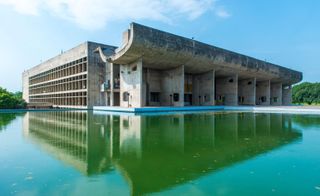
Reading like an encyclopaedia of brutalism, the tomb starts with contributor Jonathan Meades’ own dictionary of brutalist architecture, from 'A for Asplund' through to 'Z for Zapotec'. Pictured: Palace of Assembly, Chandigarh, by Le Corbusier, 1956.
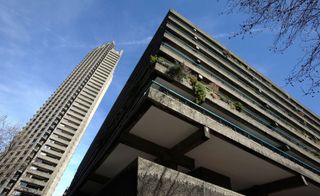
The volume tours various classic structures, from Le Corbusier’s iconic Unité d'Habitation to Marina City in Chicago. Pictured: the Barbican Centre, London, by Chamberlin, Powell and Bon, 1965–82.
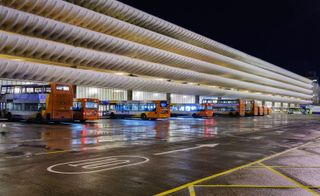
A surprising stop off on the brutalist tour is Preston's abstractly curvaceous bus station, built in 1969 by Ove Arup and Partners and designed by Keith Ingam and Charles Wilson of Building Design Partnership with EH Stazicker.
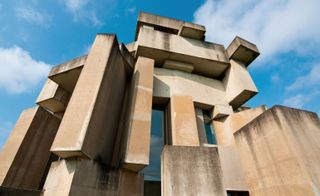
The animalistic Wotruba Church, Vienna, by Fritz Wotruba, 1976.
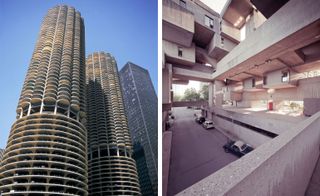
Pictured left: Marina City, Chicago, by Bertrand Goldberg, 1964. Right: Habitat 67, Montreal, by Moshe Safdie, 1967.
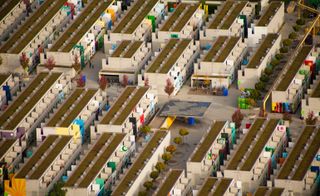
Munich Olympic Village and Park, Munich, by Gunter Behnisch and Frei Otto (stadium); Heinle, Wischer und Partner, Eckert und Wirsing (Olympic Village), 1972.
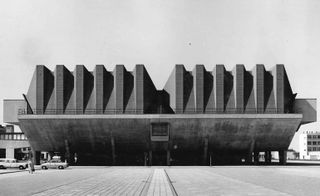
Aula at Delft University of Technology, by Jo van den Broek and Jaap Bakema, 1966. Courtesy Rotterdam, Archives Broekbakema Architects
INFORMATION
Concrete Concept: Brutalist buildings around the world, by Christopher Beanland, £20, published by Frances Lincoln. For more information, visit the publisher’s website
Wallpaper* Newsletter
Receive our daily digest of inspiration, escapism and design stories from around the world direct to your inbox.
Sujata Burman is a writer and editor based in London, specialising in design and culture. She was Digital Design Editor at Wallpaper* before moving to her current role of Head of Content at London Design Festival and London Design Biennale where she is expanding the content offering of the showcases. Over the past decade, Sujata has written for global design and culture publications, and has been a speaker, moderator and judge for institutions and brands including RIBA, D&AD, Design Museum and Design Miami/. In 2019, she co-authored her first book, An Opinionated Guide to London Architecture, published by Hoxton Mini Press, which was driven by her aim to make the fields of design and architecture accessible to wider audiences.
-
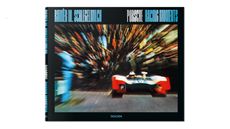 Rainer W. Schlegelmilch's Porsche photography showcases the aesthetics of speed
Rainer W. Schlegelmilch's Porsche photography showcases the aesthetics of speedTaschen's new edition of Rainer W. Schlegelmilch’s collected imagery from a quarter of a century spent following Porsche racing highlights historical machines, emotive camera technique and major moments on the track
By Jonathan Bell Published
-
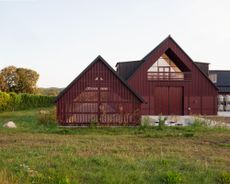 This striking new vineyard is putting Swedish wine on the map
This striking new vineyard is putting Swedish wine on the mapBerglund Arkitekter completes a new home for Kullabergs Vingård in the country's verdant Skåne country
By Ellie Stathaki Published
-
 Tag Heuer celebrates its racing credentials at this year's Watches and Wonders
Tag Heuer celebrates its racing credentials at this year's Watches and WondersTag Heuer nods to its partnership with Grand Prix de Monaco with this year's sporty new watches
By Hannah Silver Published
-
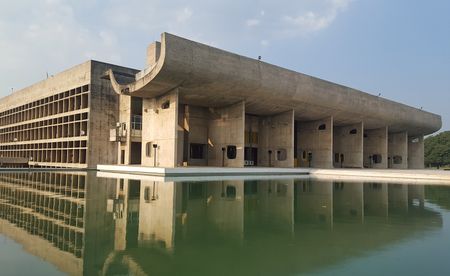 How Le Corbusier defined modernism
How Le Corbusier defined modernismLe Corbusier was not only one of 20th-century architecture's leading figures but also a defining father of modernism, as well as a polarising figure; here, we explore the life and work of an architect who was influential far beyond his field and time
By Ellie Stathaki Published
-
 Brutalist bathrooms that bare all
Brutalist bathrooms that bare allBrutalist bathrooms: from cooling concrete flooring to volcanic stone basins, dip into the stripped-back aesthetic with these inspiring examples from around the world
By Tianna Williams Published
-
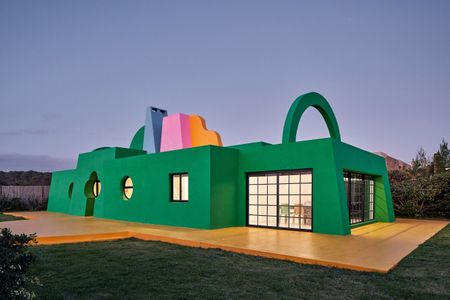 Ten contemporary homes that are pushing the boundaries of architecture
Ten contemporary homes that are pushing the boundaries of architectureA new book detailing 59 visually intriguing and technologically impressive contemporary houses shines a light on how architecture is evolving
By Anna Solomon Published
-
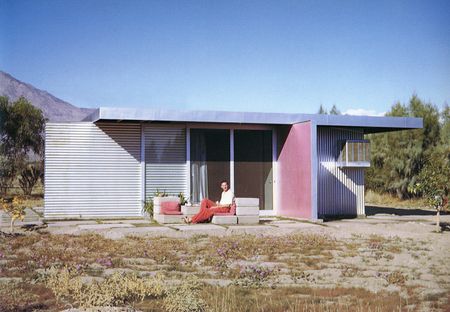 Take a deep dive into The Palm Springs School ahead of the region’s Modernism Week
Take a deep dive into The Palm Springs School ahead of the region’s Modernism WeekNew book ‘The Palm Springs School: Desert Modernism 1934-1975’ is the ultimate guide to exploring the midcentury gems of California, during Palm Springs Modernism Week 2025 and beyond
By Ellie Stathaki Published
-
 Meet Minnette de Silva, the trailblazing Sri Lankan modernist architect
Meet Minnette de Silva, the trailblazing Sri Lankan modernist architectSri Lankan architect Minnette de Silva is celebrated in a new book by author Anooradha Iyer Siddiq, who looks into the modernist's work at the intersection of ecology, heritage and craftsmanship
By Léa Teuscher Published
-
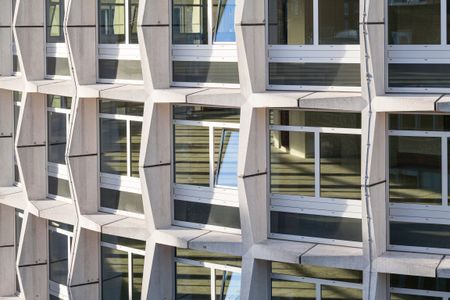 Space House: explore the brutalist London landmark’s new chapter
Space House: explore the brutalist London landmark’s new chapterSpace House, a landmark of brutalist architecture by Richard Seifert & Partners in London’s Covent Garden, is back following a 21st-century redesign by Squire & Partners and developer Seaforth Land
By Ellie Stathaki Published
-
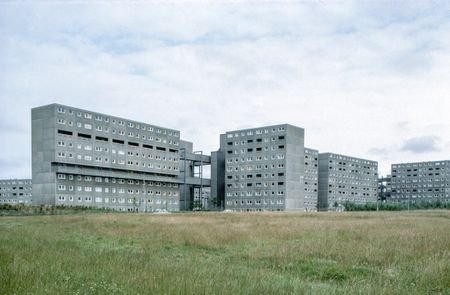 ‘Concrete Dreams’: rethinking Newcastle’s brutalist past
‘Concrete Dreams’: rethinking Newcastle’s brutalist pastA new project and exhibition at the Farrell Centre in Newcastle revisits the radical urban ideas that changed Tyneside in the 1960s and 1970s
By Smilian Cibic Published
-
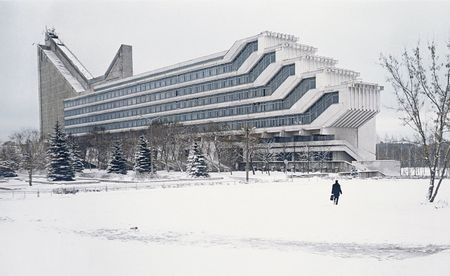 Soviet brutalist architecture: beyond the genre's striking image
Soviet brutalist architecture: beyond the genre's striking imageSoviet brutalist architecture offers eye-catching imagery; we delve into the genre’s daring concepts and look beyond its buildings’ photogenic richness
By Edwin Heathcote Published